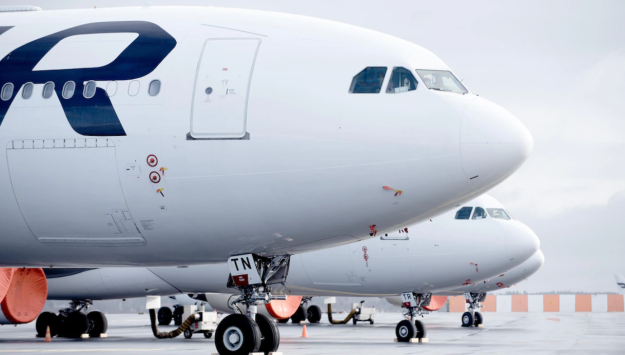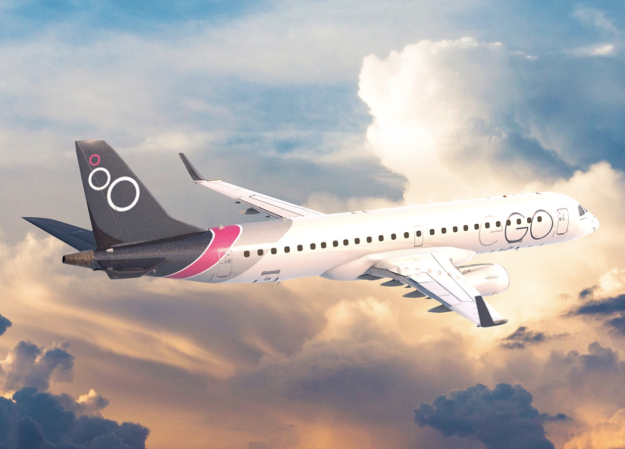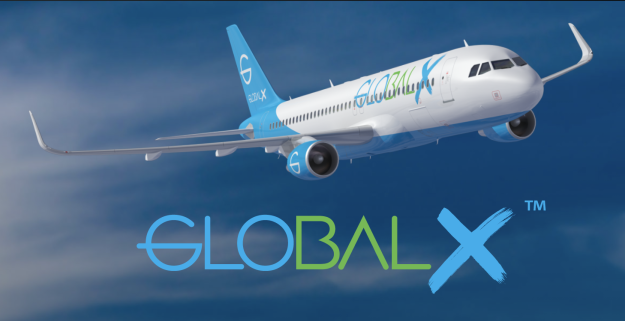
GlobalX to work with Estelar Airlines of Venezuela
February 16, 2021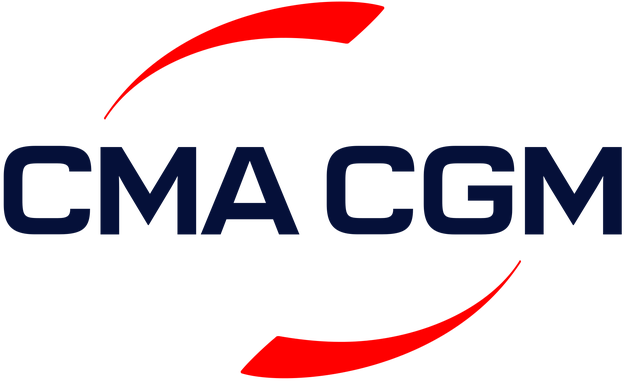
CMA CGM gets into the air cargo buiness
February 17, 2021Finnair has made this announcement:
As a part of Finnair’s rebuild program, the company has finalized a lease financing arrangement for its next A350 aircraft delivery, with JLPS Holding Ireland Limited as the lessor and lease servicer. In the arrangement, Finnair will assign the purchase of the Airbus A350 aircraft to a third party, and then leases it back for its own operation. The aircraft is expected to be delivered to Finnair in the second quarter of 2022. The operating lease period is a minimum of 12 years, including a storage period expected to commence in the fourth quarter of 2021, concurrent with the aircraft‘s sale.
The total positive cash effect of the arrangement for Finnair in 2021–2022 is in excess of 100 million US dollars compared to a situation in which the aircraft had been purchased and owned by Finnair.
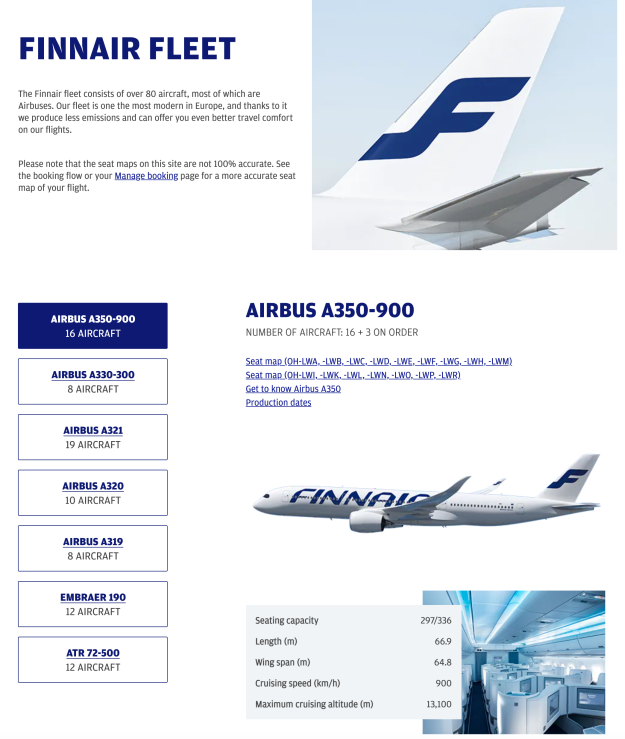
Finnair has ordered a total of 19 new A350-900 XWB aircraft from Airbus, of which 16 have been delivered as of September 1, 2020; the aircraft concerned will be the 17th. The remaining two A350 aircraft are expected to be delivered in the fourth quarter of 2024 and the first quarter of 2025.
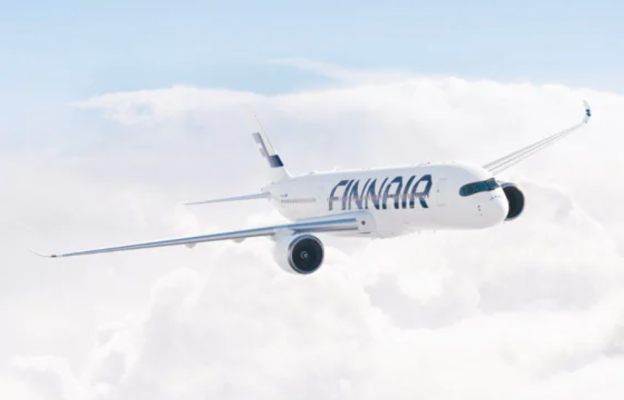
Videos:

In other news, Finnair and Finland’s air navigation service provider Fintraffic ANS have joined forces to reduce CO2 emissions and enhance commercial aviation’s environmental footprint.
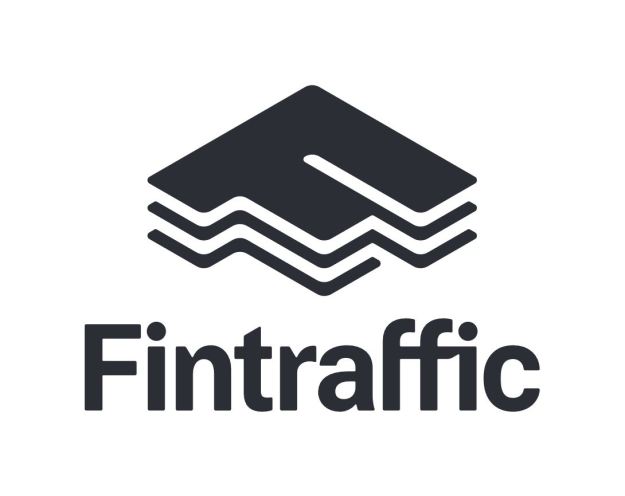 Under the new initiative, Finnair will share fuel consumption data with Fintraffic ANS and the parties will together explore how to support airlines in their bid to drive down and meet new lower emissions targets.
Under the new initiative, Finnair will share fuel consumption data with Fintraffic ANS and the parties will together explore how to support airlines in their bid to drive down and meet new lower emissions targets.
As part of its industry-leading commitment to sustainability, Finnair is committed to halving its net CO2 emissions by the end of 2025 and achieving carbon neutrality in 2045.
Finnair pilot, Captain Tom Hakala, is in charge of fuel efficiency of Finnair flight operations and advises how Finnair pilots can maximize their fuel-efficient flying techniques.
Captain Hakala said: “Reducing the CO2 emissions of our flight operations is our number one environmental target, and we work for this on every single flight.
“Through this welcome partnership, we will now start sharing openly our fuel data and the impact air navigation services’ actions have on fuel consumption. Together with Fintraffic ANS we can explore new ways of further reducing the amount of fuel we use and the environmental impact of flying upon the environment.
“Our vision is that Finland has the safest, smoothest and most environmentally friendly airspace in the world. Every day, we focus on making air traffic as optimized as possible. Flight route optimization, continuous descent approach and close international cooperation are our means of reducing emissions”, says Pasi Nikama, Fintraffic ANS CCO.
“Air navigation services must also take into account the requirements of the environmental permit for aircraft noise management. Close cooperation with Finnair gives us new information and ways to develop Finnish air traffic to be even more environmentally efficient”.
Reducing a flight’s fuel consumption starts by planning the route to be as efficient as possible. During the flight, measures include minimizing time and unnecessary stops in taxiing, using continuous climb and descent during take-off and landing. Other considerations include optimizing the flight route, speed and altitude taking into account the weather conditions. In Finland, the airspace can be very efficiently used, which was also highlighted by Eurocontrol’s study last year.
In November 2020, Finnair and Fintraffic ANS explored the possibilities for minimizing fuel consumption with two test flights flown from Helsinki to Kittilä and Ivalo.
On the test flights, the flight time, flight length, fuel consumption and CO2 emissions were measured, and data comparison was made between the optimal plan and the realized flight. The flights showed several factors, such as weather conditions and other air space users, affected the possibility to optimize fuel consumption.
”Fuel efficiency is impacted by many factors, and even small actions make a difference, when they are repeated on thousands of flights per year”, says Tom Hakala.
On Wednesday 17 February Finnair will fly from Helsinki to Kittilä in Northern Finland, and the different phases of the flight and their impact on fuel consumption are followed on Finnair’s Instagram and Twitter accounts.
More on the Finnair blog:
WHAT WOULD A PERFECTLY FUEL EFFICIENT FLIGHT LOOK LIKE?
Carbon emissions caused by fuel burn form an airline’s biggest environmental impact. That’s why one of the most important ways to decrease the environmental impact of aviation is to improve fuel efficiency. Finnair has been investing in this for years.
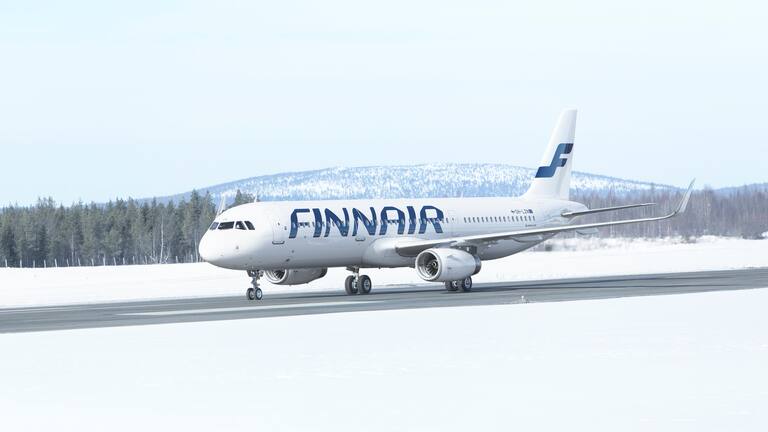
“During every flight, we make several decisions that impact fuel consumption. Even decisions that might appear small have a large impact when they’re repeated on thousands of flights every year” says Tom Hakala, who’s the technical lead responsible for the fuel efficiency of Finnair’s flight operations.
On 17 February at 1pm Finnair will, in cooperation with Fintraffic ANS, fly from Helsinki to Kittilä to test how much fuel consumption can be decreased when we strive to optimize all parts of the flight for fuel efficiency.
Fuel efficiency will be considered, for example, by choosing a fuel efficient route, optimizing the load and weight of the aircraft and minimizing queuing and unnecessary stops during taxiing, as well as using the airspace efficiently.
The flight will utilize biofuel bought by Finnair’s customers through the Push for Change program since 2019. The biofuel won’t be used at Helsinki airport, as Finnair’s biofuel is manufactured in California and it wouldn’t be sustainable to transport it to Finland. Instead, San Francisco airport will receive biofuel equalling 50% of the fuel consumption of Finnair’s HEL-KTT flight. According to the industry standard practice, Finnair can claim the resulting emissions decrease.
BEST RESULT THROUGH COLLABORATION
The best fuel efficiency is achieved through tight collaboration by the teams working at air traffic control, the airport and airline.
“It’s crucial that the organizations actively share data with each other. When all parties know the same things, we can make decisions that lead to bigger emissions decrease than if everyone just optimized their own area”, says Finnair’s VP of Sustainability, Anne Larilahti.
“The pandemic is an opportunity. When there’s less traffic, it’s easier to do things as planned.”
Fuel efficiency is optimized at the following stages of the flight.
BEFORE THE FLIGHT
Finnair’s routes are as fuel efficient as possible. We usually aim to fly to the destination the shortest possible route, considering the weather. Turning away from the route for a few minutes can burn hundreds of kilos more fuel. Having said that, the most direct route isn’t always the most energy efficient. Sometimes the wind is against you, and you can achieve better fuel efficiency by flying a slightly longer route.
FUELING
Finnair’s Pilot Briefing Fuel Dashboard is a flight preparation tool used by our pilots. It produces data to support the pilots’ fueling decisions. The captain makes fueling decisions based on the flight plan and their own consideration. There’s always enough fuel, and some disruptions like landing on another airport or a go-around are considered.
LOADING
The lighter the plane, the less fuel it burns. Catering and water are optimized according to passenger numbers. The centre of gravity of the aircraft should be as far back as possible, considering restrictions, to minimize the aerodynamic drag and thus increase fuel efficiency.
DE-ICING
Pilots determine the need for de-icing visually before departure. If the weather conditions require anti-icing, Finnair pilots take advantage of the SureApp application to consider which level of anti-icing provides appropriate weather protection for takeoff. Precise decisions enable a decrease in de-icing treatment time, burned fuel (as the engines are running for that time) and environmental effects.
TAXIING
The aircraft will usually taxi out for departure and in after landing with one engine in Helsinki. The CDM production control system at Helsinki airport gives departing planes their own time window, so they don’t need to queue or make unnecessary stops. Taxiing with one engine at departure will save on average 100kg of fuel in the A350 aircraft.
TAKEOFF
Accurate departure is important. Passengers can have an impact on this by being on time for their flight. Sometimes we need to wait for transfer customers from other flights, and the delay of one arriving flight can impact several departures. This can increase fuel burn: catching up the lost minutes by flying faster is expensive. Catching up every minute lost on the ground burns on average 100kg of fuel.
ROUTE
Pilots can optimize fuel burn by adjusting altitude and speed. The Finnair A350 aircraft are equipped with a program that calculates an optimal flight profile for fuel efficiency based on speed and altitude.
Wind impacts fuel consumption, so we aim to fly with favorable winds. When the wind is favourable, fuel burn will decrease without losing speed. It’s not always worth it to get to the destination as fast as possible. Flying slowly – when possible – can save fuel considerably. Collaboration with air traffic control is a vital part for optimizing fuel efficiency.
LANDING
The most fuel-efficient way to land is the continuous descent approach. Over 90% of the approaches by Finnair to Helsinki-Vantaa airport are made with a continuous descent, in which the altitude is continuously decreased from the cruising level to the landing runway without level flight segments. Level flight requires more engine thrust, thus increasing fuel consumption and noise.
THE PASSENGERS’ ROLE
Every customer can impact fuel efficiency. It’s important to be on time at the airport and at the gate, so the flight can depart on time. The amount of baggage also plays a role. Will you pack three pairs of shoes, or just two? Will you pack a full size shampoo, or a small travel size bottle? If every Finnair customer had had 1kg less baggage in 2019, the fuel saved could have been used for 20 flights from Helsinki to Tokyo.
